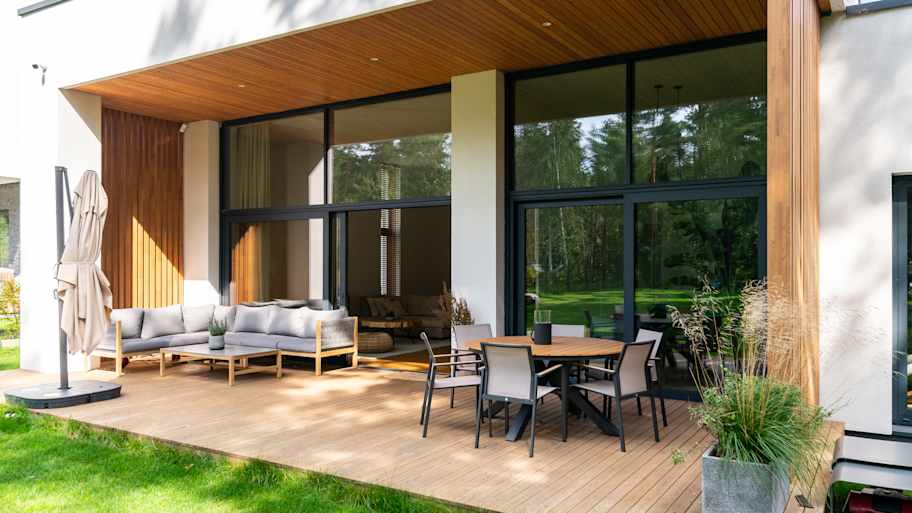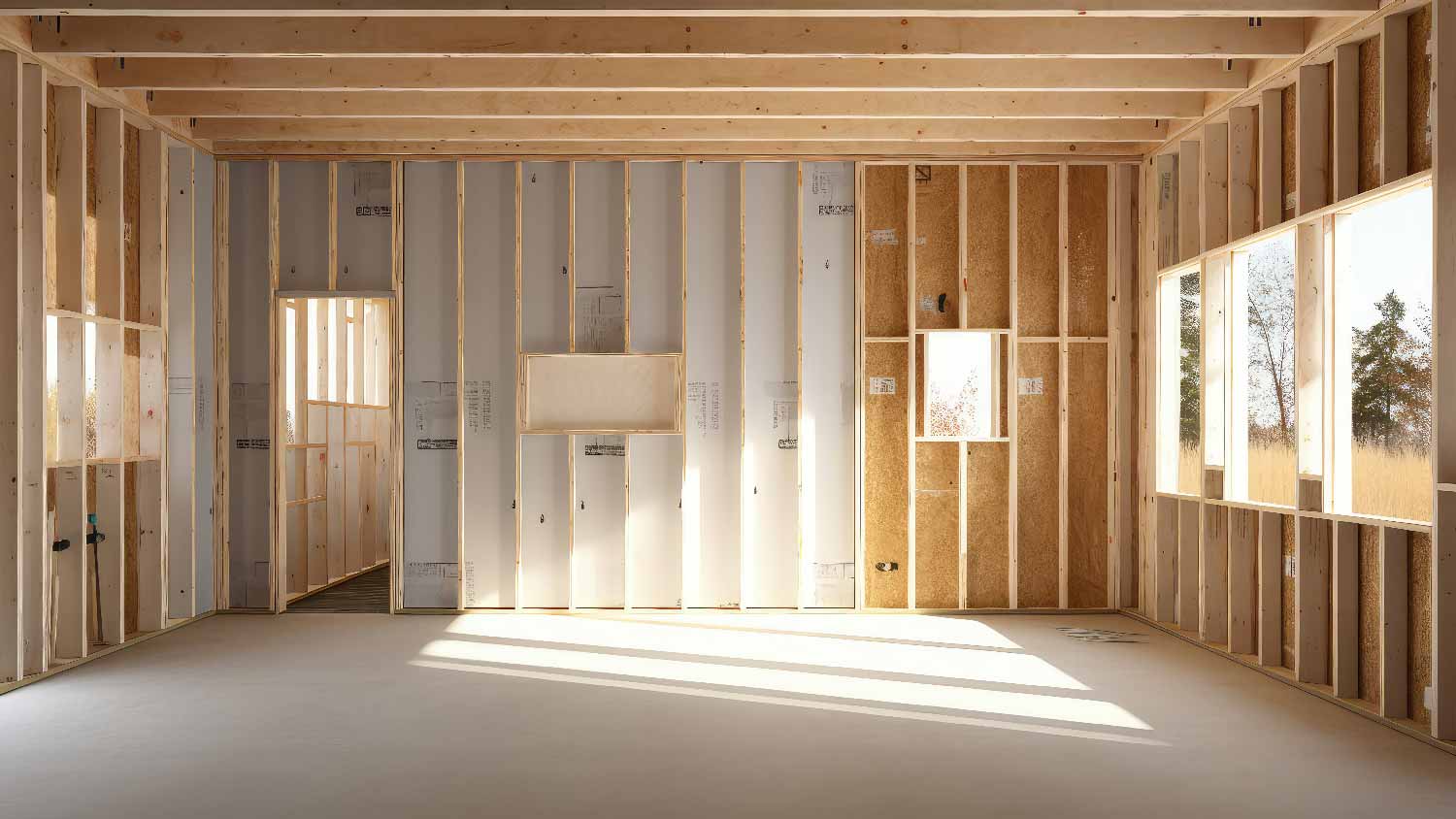
Home elevator costs depend on the size and type of lift, if it needs retrofitting, and the number of floors. Our guide outlines all residential elevator costs.
Home elevator maintenance costs average $510, with an average range from $300 to $760. Factors include elevator type, size, frequency of service, materials, and labor rates.


Regular maintenance keeps your home elevator safe and reliable.
Elevator type and service frequency are major home elevator maintenance cost drivers.
Professional servicing costs $75 to $100 per hour in labor and helps prevent costly repairs and downtime.
Home elevator maintenance contracts may offer better value than one-time visits.
Proper upkeep can extend your elevator’s lifespan and boost home value.
This article was created using automation technology and thoroughly fact-checked and edited by an Angi Editor in accordance with our AI policy.
On average, home elevator maintenance costs between $300 and $760 per year, with most homeowners spending an average of $510 depending on elevator type, service frequency, and contract terms. While there’s no set cost per floor or per visit, factors like elevator age, usage, and materials can impact your total maintenance budget.
Consistent upkeep not only protects your investment but also provides peace of mind for everyone in your household. This guide explains what affects home elevator maintenance costs, how often to schedule service, and how to budget wisely.
Several factors influence the total home elevator maintenance cost, and understanding these can help you plan for regular upkeep. Let’s look at each in detail.
The type of elevator you have plays a major role in determining maintenance costs. Hydraulic elevators, for example, require regular checks of fluid levels and seals, while traction elevators need frequent inspection of cables and pulleys. Pneumatic and winding drum models have their own unique service needs. Elevators with automated controls or advanced safety systems often require specialized technicians, which can increase costs.
| Elevator Type | Description | Average Annual Cost |
|---|---|---|
| Hydraulic | Uses fluid-driven pistons for movement | $400–$1,000 |
| Traction | Uses cables and counterweights | $300–$900 |
| Pneumatic | Operates with air pressure and vacuum tubes | $200–$700 |
| Winding drum | Uses a drum and steel cable | $300–$600 |
The size and capacity of your home elevator also affect maintenance expenses. Larger cabs, higher weight limits, or elevators that serve more floors require additional checks and possibly more replacement parts. For example, a three-stop elevator will cost more to maintain than a simple two-stop lift due to the added complexity and wear.
How often you schedule maintenance has a direct impact on your annual costs. Some homeowners choose annual servicing, while others with more frequent elevator use opt for semiannual or even quarterly visits. Maintenance contracts, which bundle multiple visits per year, often provide better value than one-time service calls. Elevators used several times daily require more frequent checks compared to those used occasionally.
A one-time visit may cost more per service but less overall if your elevator sees light use. In contrast, contracts offer discounted rates on each visit and may include emergency support.
Materials used in your elevator’s construction and finishes also play a part in ongoing costs. Premium features such as glass walls, stainless steel panels, or custom wood interiors may require specialized cleaning, more frequent touch-ups, or higher-priced replacement parts. Standard materials like laminate or painted steel are often easier and less expensive to maintain.
| Material/Finish | Description | Impact on Cost |
|---|---|---|
| Laminate/painted steel | Durable, easy to clean | Low |
| Stainless steel | Prone to fingerprints, needs polishing | Moderate |
| Custom wood | Requires conditioning, can scratch easily | High |
| Glass panels | Needs frequent cleaning, risk of chips | High |
Certified elevator technicians, electricians, and specialized contractors are required for home elevator maintenance. Labor costs can vary widely depending on region, demand, and technician experience. Expect to pay between $75 and $100 per hour for professional elevator servicing. Flat-rate visits may cost $150 to $500 for routine maintenance.
Urban areas with high demand or limited providers often see higher labor rates, while rural regions may have fewer specialists available, sometimes resulting in travel surcharges. More experienced or highly certified technicians may charge premium rates, but their expertise can help prevent costly mistakes or missed issues.
Where you live also affects home elevator maintenance cost. Labor rates, permit requirements, and provider availability differ across regions. For example, homeowners in major metro areas often pay more than those in smaller towns. Local building codes or inspection requirements can add to the total cost.
The elevator’s location within your home—such as serving from basement to upper floors, or being installed in a challenging spot—may increase service complexity and time.
Tipping elevator maintenance professionals is not strictly required, but it is appreciated for excellent service, complex repairs, or emergency visits. For a routine annual service, a tip of $20 to $50 is appropriate if you wish to show appreciation.
Alternatively, a positive review or referral can be just as valuable to technicians. For larger repairs or after-hours emergencies, consider tipping a bit more, especially if the technician went above and beyond.
Most home elevators benefit from professional maintenance once per year, which covers routine inspections and lubrication. However, if your elevator is older, used frequently, or has advanced features, scheduling service every six months is a good idea. Manufacturer recommendations and warranty requirements should guide your schedule—missing required service could void your warranty.
Seasonal factors can also play a role. For example, increased use during holidays or after major home events might call for an extra check. In some areas, local laws or insurance policies require periodic inspections or documentation of regular maintenance, so always confirm what’s needed in your region.
Beyond routine servicing, several additional tasks can improve safety and performance. Emergency call system checks and battery backup testing are critical for safety, especially after power outages. Cab interior cleaning, lubrication of moving parts, and safety feature upgrades are also common.
Estimated add-on costs include:
Emergency call system check: $50 to $150
Battery backup test or replacement: $75 to $300
Cab interior deep cleaning: $100 to $400
Lubrication of moving parts (outside contract): $50 to $200
Safety feature upgrades (e.g., sensors, alarms): $500 to $2,000
Smart controls or remote monitoring installation: $1,000 to $3,000
Add-ons are recommended after major events (like power failures) or for older systems that need technology updates.
Basic cleaning and minor visual checks can be done by homeowners at minimal cost, using supplies such as non-abrasive cleaners, soft cloths, and a flashlight. However, professional maintenance covers technical safety checks, lubrication, and adjustments that require specialized training and tools.
DIY tasks might cost only $10 to $50 per year for supplies, but skipping professional service risks missing hidden issues, voiding warranties, or creating unsafe conditions. Certified technicians bring expertise and access to proprietary parts, ensuring your elevator stays safe and compliant.
DIY-friendly projects include:
Cleaning cab walls, floors, and control panels
Checking for visible debris or obstructions in the shaft
Monitoring for unusual noises or warning lights
Tasks that require a pro:
Adjusting cables or hydraulic systems
Electrical checks and repairs
Software or control system updates
Safety system calibration
While DIY can save a bit on minor upkeep, the bulk of home elevator maintenance costs come from expert labor that keeps your system safe and reliable.
Consider these cost-saving strategies to make your elevator maintenance more budget-friendly:
Schedule regular maintenance to prevent costly repairs.
Bundle services or sign a maintenance contract for discounts.
Keep the elevator clean and free of debris to reduce wear.
Address minor issues promptly to avoid major breakdowns.
Compare quotes from multiple certified local elevator companies.
Consider basic DIY upkeep between professional visits.
Home is the most important place on earth, which is why Angi has helped more than 150 million homeowners transform their houses into homes they adore. To help homeowners with their next project, Angi provides readers with the most accurate cost data and upholds strict editorial standards. We extensively research project costs to develop the pricing data you see, so you can make the best decisions for you and your home. We rely on reputable sources, including the U.S. Bureau of Labor Statistics, academic journals, market studies, and interviews with industry experts—all to ensure our prices reflect real-world projects.
Want to help us improve our cost data? Send us a recent project quote to [email protected]. Quotes and personal information will not be shared publicly.
From average costs to expert advice, get all the answers you need to get your job done.

Home elevator costs depend on the size and type of lift, if it needs retrofitting, and the number of floors. Our guide outlines all residential elevator costs.

Brick walls can add character and elegance to interior and exterior spaces. Use this brick wall cost guide to see the price range for adding one to your home.

Use our guide to calculate the cost to install a stair lift in your home. Prices depend on the type of stair lift, including the seat style and other advanced features.

Deciding between using cedar vs pressure-treated wood for your outdoor project comes down to budget, appearance, durability, maintenance, and other factors.

Freezing temperatures can cause damage to your garage, vehicles, and other items. Learn how to winterize your garage to prevent costly repairs.

Choosing the type of framing for your home isn't a decision to make lightly. Compare metal studs vs. wood studs to find the best base for your house.